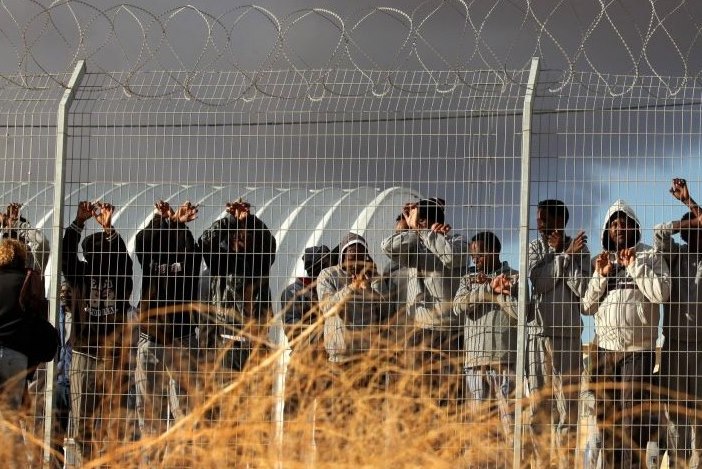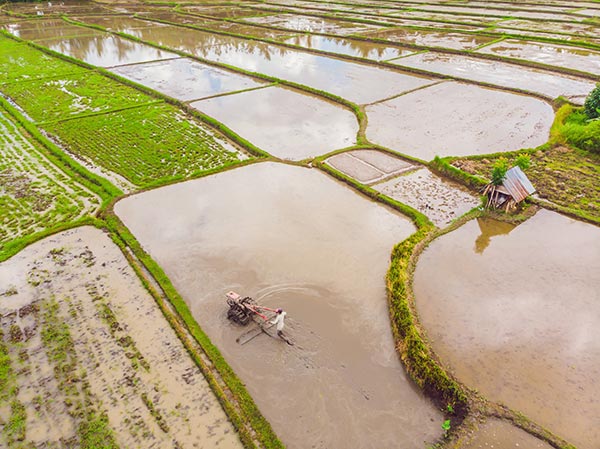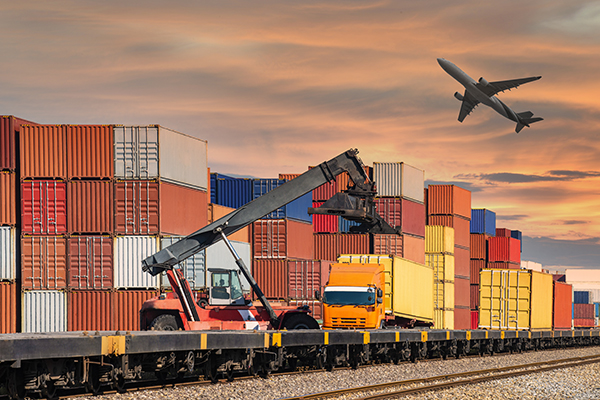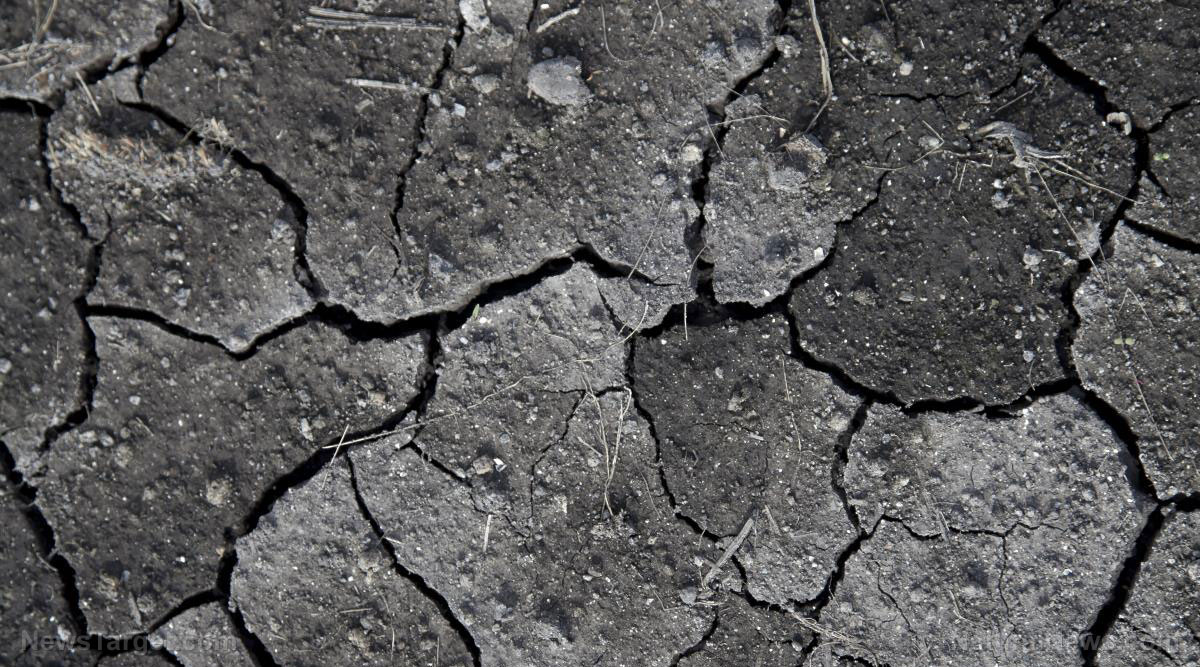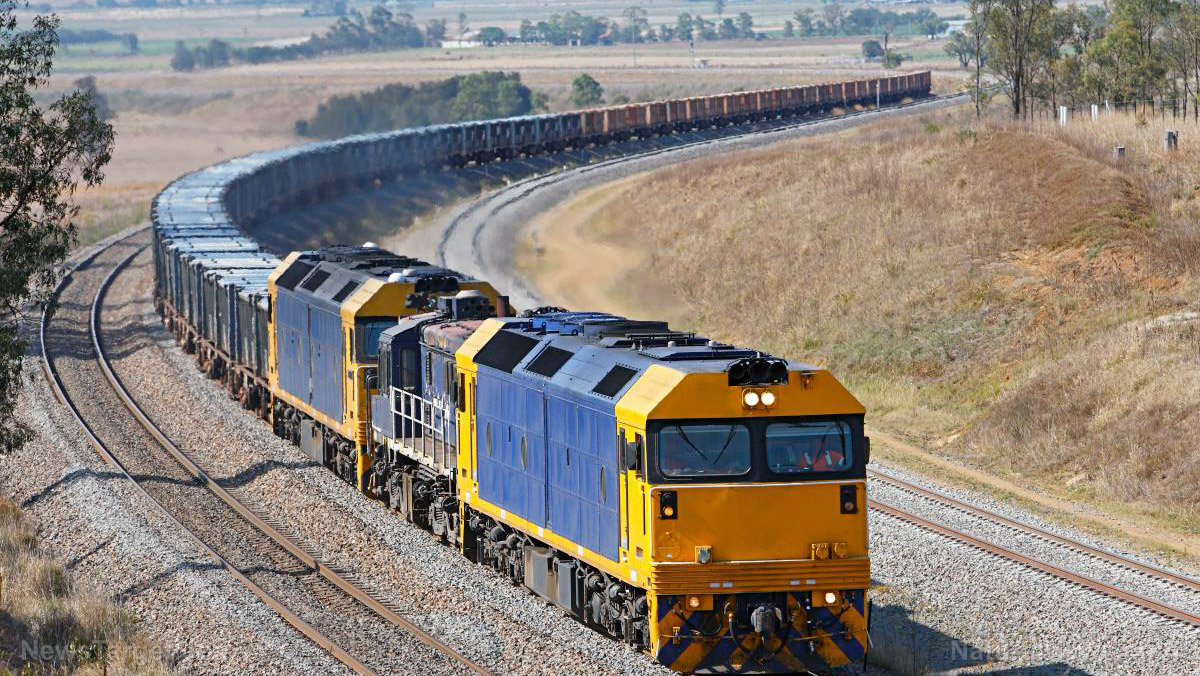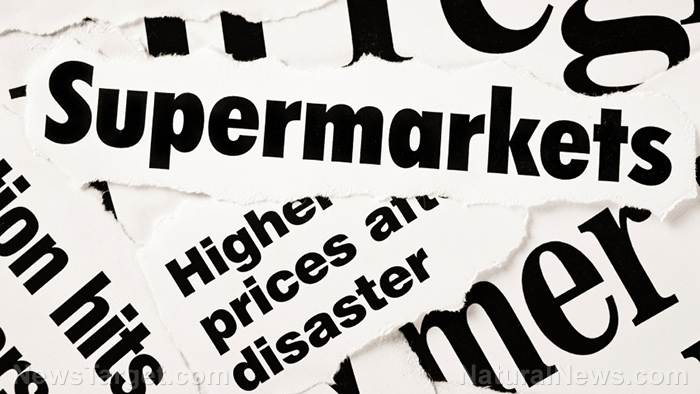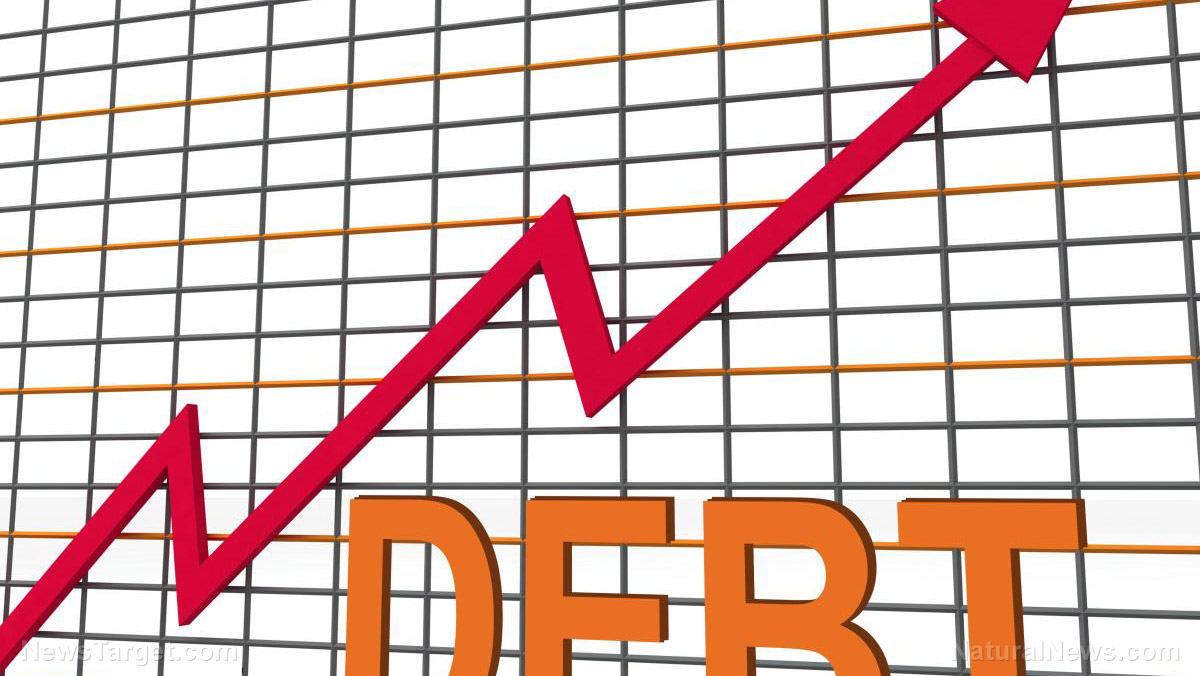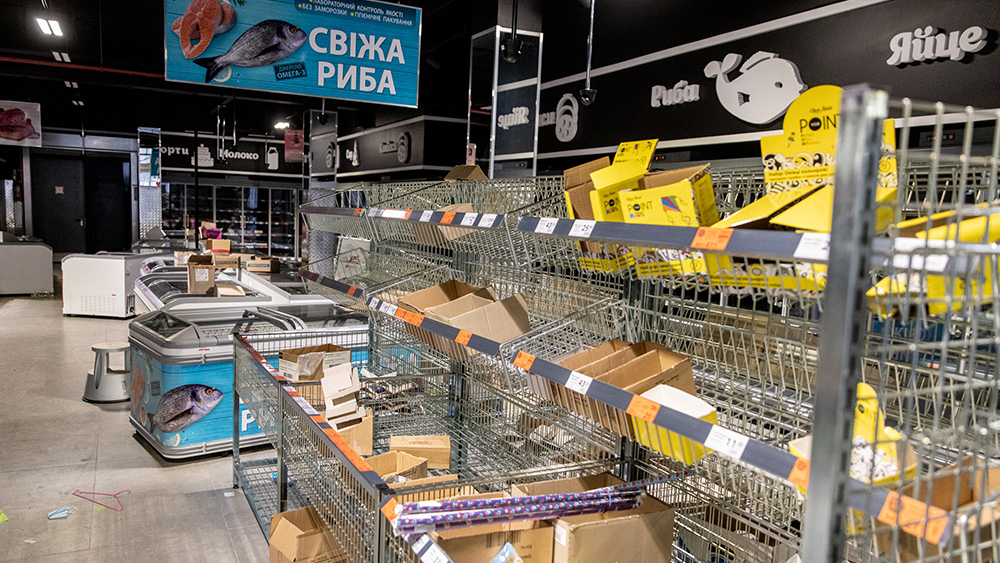Supply chain disruptions persist in Vietnam months after end of COVID-19 shutdowns
12/02/2021 / By Mary Villareal
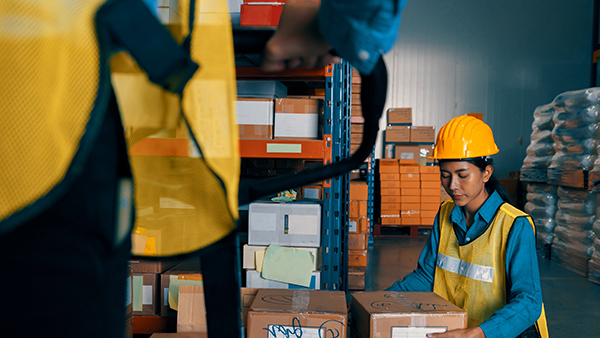
Two months after the end of the Wuhan coronavirus (COVID-19) shutdowns, Vietnamese supply chains still couldn’t shake the damages that shrank its economy at a record pace.
Factories from Intel to Toyota to Reebok were allowed to reopen on October 1, after hundreds of companies had closed or had staff living on site.
However, these companies said that they are still facing labor shortages, sealed borders, inconsistent rules, costs of testing and disruption when a single worker contracts the virus – indicating that Vietnam’s economic recovery will be more “gradual than expected.”
These delays pose global risks for sourcing goods like apparel and furniture, as well as innovation, as the country aims to move up the value chain.
Companies struggle due to labor shortages
KJ Ung, First Solar Vietnam’s managing director, said: “Many companies including First Solar Vietnam are seeing a delay in the new technology and product introduction. This will put products made in Vietnam in a disadvantaged position in the global marketplace.”
His company, a top producer of solar panels, wants to bring in 300 specialists. However, entry rules remain complicated and time-consuming as Vietnam had scrapped international flights in March 2020 and only accept limited numbers of vaccinated business travelers – all of whom must quarantine for a week.
Ung recently released a survey showing that 37 percent of companies in Vietnam were operating below 80 percent capacity.
Wanek Furniture, one of the biggest industry players in Vietnam, said that 22 percent of its employees left for their hometowns and the manufacturer is operating with 70 percent of its pre-shutdown workforce.
Ho Chi Minh City and nearby provinces could not set foot out of their homes, and when lockdowns ended on October 1, thousands of migrants went back to their families in the countryside. This led to a shortage of over 100,000 workers in the south, according to the city government.
Provinces and businesses in the region are also offering transportation, housing and vaccines to get workers back to work. Nguyen Minh Lam, vice chair of Long An People’s Committee, said: “We support workers who are in other provinces but wish to come back to Long An, so they can receive the doses.” (Related: Vietnam imposes first mass quarantine outside of China, 10,000 residents on lockdown.)
Investors assess Vietnam’s economic pick-up
Investors worry that rivals like Thailand and Indonesia can get ahead as Vietnamese workers are still reluctant to go to work.
“Expectations of a quick normalization might be too optimistic, especially in the labor-intensive apparel and footwear sectors,” the Bank of America said in a research note. These sectors could also create a “butterfly effect,” according to the bank, with prices rising five percent in the first half of 2022 for shoppers in the U.S. – Vietnam’s biggest export market.
Adam Sitkoff, executive director of the American Chamber of Commerce in Hanoi, said: “Even with the supply chain and shutdown problems they have because of COVID right now, Vietnam’s still going to do very well economically and it’s becoming, every day, a more important piece of the global supply chain – especially for things that affect American consumers.”
However, Sitkoff still sees Vietnam attracting investment, including those from further relocations out of China. He also highlighted Vietnam’s best-in-Asia growth performance, when it expanded 2.9 percent.
The chamber is aiming to ensure that the COVID policies are “the least disruptive to business as possible,” as firms are looking for ways to smooth out deliveries leading to the critical year-end holiday season.
Ky Nguyen, CEO of Cai Mep, the largest port in southern Vietnam, urged authorities to consider the Thai government’s move that coordinates vaccines, tests and quarantines so that companies can maintain production.
“It is painful to see the exports drop while Thailand’s are sustained,” Nguyen said. “We [have] a lot of similarities.”
Read more articles about the global supply chain crisis at SupplyChainWarning.com.
Sources include:
Submit a correction >>
Tagged Under:
bubble, chaos, collapse, global market, labor shortage, lockdown, market crash, pandemic, panic, products, risk, supply chain crisis, Vietnam
This article may contain statements that reflect the opinion of the author
RECENT NEWS & ARTICLES
SupplyChainWarning.com is a fact-based public education website published by SupplyChainWarning.com Features, LLC.
All content copyright © 2021 by SupplyChainWarning.com Features, LLC.
Contact Us with Tips or Corrections
All trademarks, registered trademarks and servicemarks mentioned on this site are the property of their respective owners.

